Adventure Awaits with Icondata Two
There’s nothing quite like the thrill of uncovering hidden treasures, a joy I’ve shared on numerous outings with my family and my dear friend Mike. Just last weekend, we equipped our metal detectors with the Icondata Two, the latest innovation in underground radar for metal detectors. As we wandered through the old mill site, the beeps of our devices underpinned by real-time 3D imaging brought every sweep alive with possibilities. It’s not just about finding relics; it’s about connecting with history, solving mysteries buried deep underground.
Unlocking the Secrets: Real-Time 3D Imaging with Icondata Two
Imagine the excitement of discovering a hidden artifact beneath the earth, where each beep of your metal detector brings you closer to history. That’s the experience I had recently with the Icondata Two, a device that transforms traditional metal detecting with its groundbreaking real-time 3D imaging capabilities. Using this sophisticated tool, I was able to visualize what lay below the surface in stunning three-dimensional clarity, enhancing the hunt and making each find more rewarding. This technological marvel is not just for seasoned pros; it’s user-friendly for new enthusiasts too, making it a top pick in our Metal Detectors category at Detectors-X.com. The thrill of seeing a possible artifact in real-time 3D on your screen is an indescribable rush that every treasure hunter should experience.
Navigating Historical Depths: Advances in Underground Radar Technology
The development of underground radar technology has revolutionized our approach to metal detecting. The Icondata Two leverages this technology to provide detailed images of objects hidden deep underground, far beyond the reach of conventional detectors. On a recent expedition, armed with the Icondata Two, I felt like a true archaeologist peeling back layers of time. The device’s sensitivity allowed me to detect and differentiate between ferrous and non-ferrous items, mapping out a clear picture of the terrain below. This capability is especially beneficial in areas like historical battlefields or ancient settlements, where the precision of real-time metal detector grid analysis can unearth relics that tell stories of the past. For anyone looking to delve into the depths of history, exploring our comprehensive range in the Devices category will equip you for thrilling discoveries.

Enhancing Detection: The Impact of Real-Time Data on Treasure Hunts
Every treasure hunter dreams of that moment when the metal detector’s hums turn into a promising beep. With the Icondata Two, those moments are enriched by real-time data that guides you with precision. On a sunny Saturday, I ventured into the woods, the Icondata Two in hand, and its advanced real-time metal detector logger displayed on my screen real-time changes in the soil’s composition. The data helped me avoid areas dense with metal scraps, focusing my search on spots where historical artifacts were more likely to be found. This reliable tech doesn’t just increase your finds but also saves immense time and effort, perfect for any treasure seeker.
From Theory to Field: Practical Applications of Metal Detector Grid Analysis
Understanding the principles behind metal detecting is one thing, but applying them effectively in the field is where the real challenge lies. The Icondata Two excels here, turning theoretical knowledge into a practical toolkit. Its grid analysis feature is a game-changer, allowing users to visualize the search area and plan their scanning routes systematically. During a recent expedition to a battlefield site, using this tool allowed me to map out efficient search patterns, which led to discovering relics from the American Civil War, hidden beneath layers of earth undisturbed for centuries. This tool isn’t just about finding treasures; it’s about exploring history with each sweep of your detector.
| Product Name | Features | Pros | Cons | Categories |
|---|---|---|---|---|
| Icondata Two |
|
|
|
How does real-time 3D imaging enhance metal detecting?
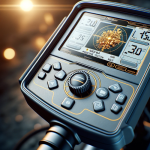
Real-time 3D imaging dramatically enhances metal detecting by providing detailed visualizations of what lies beneath the surface, allowing treasure hunters to pinpoint and identify objects with precision. This technology, as seen in the Icondata Two, offers a deeper understanding of the terrain, helping to differentiate between valuable finds and common metal debris.

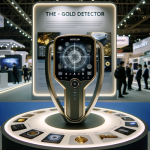



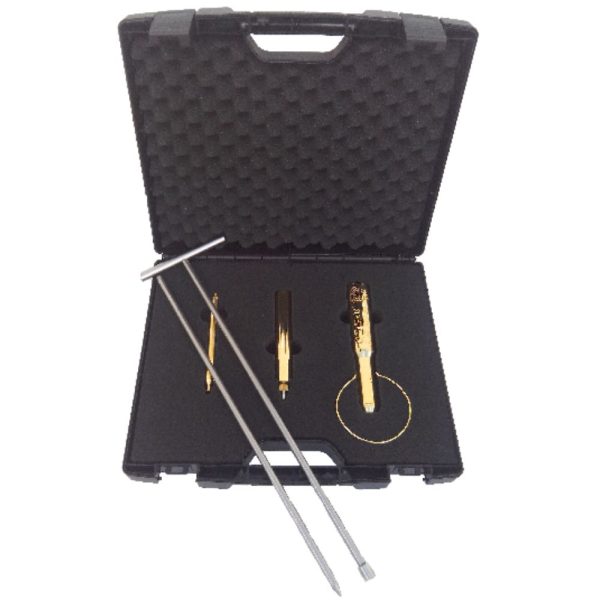
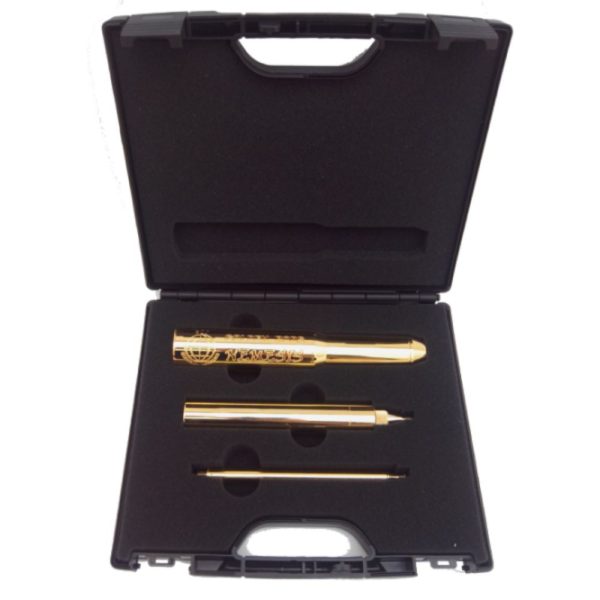
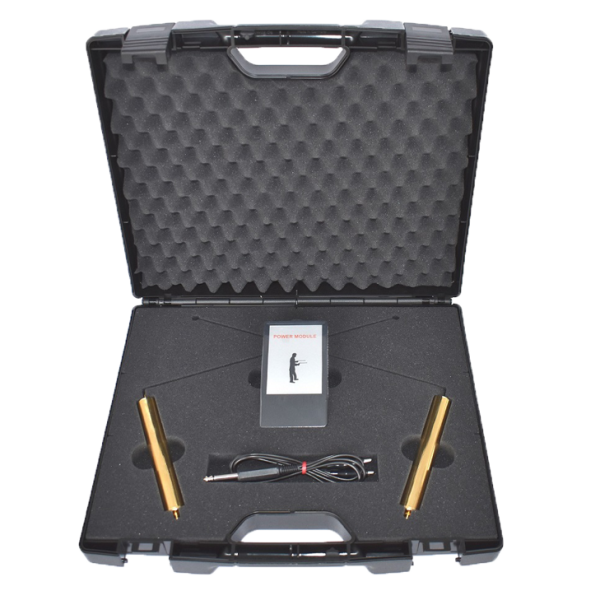
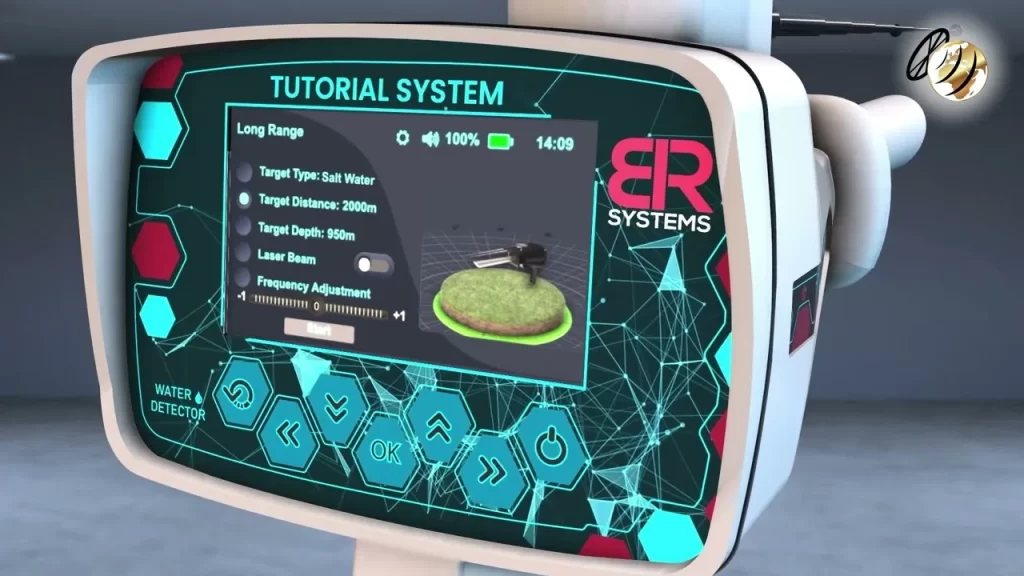
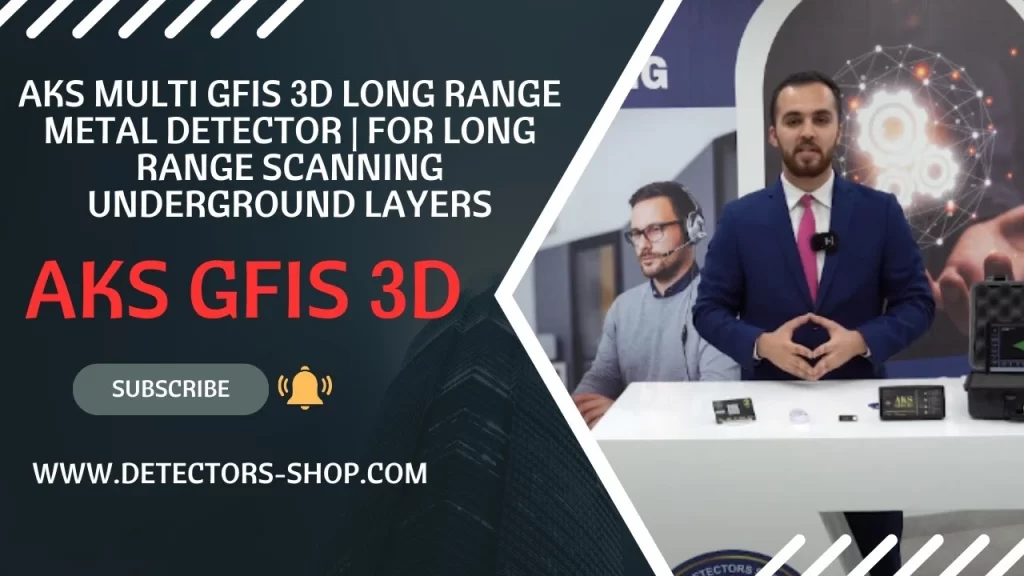
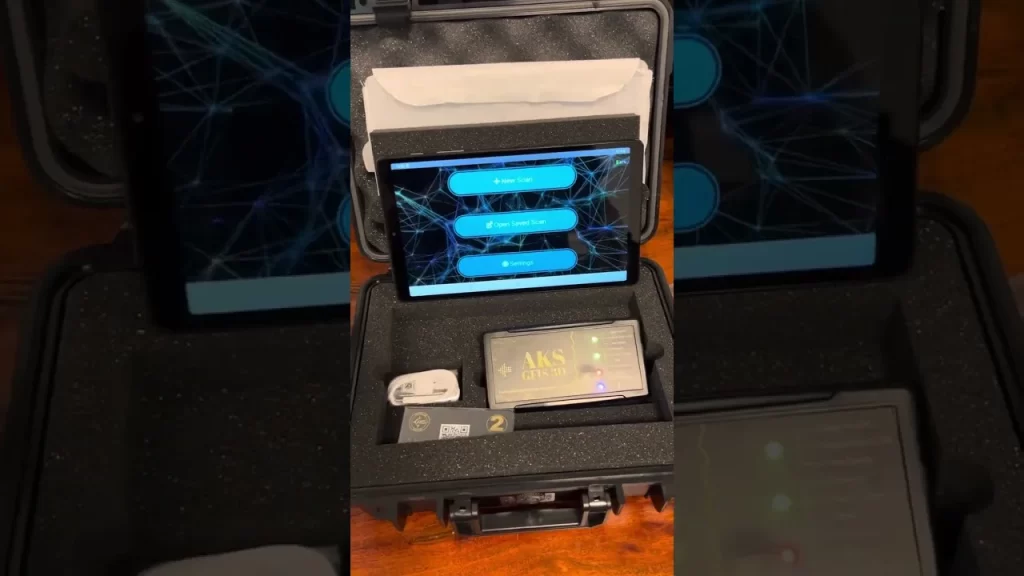
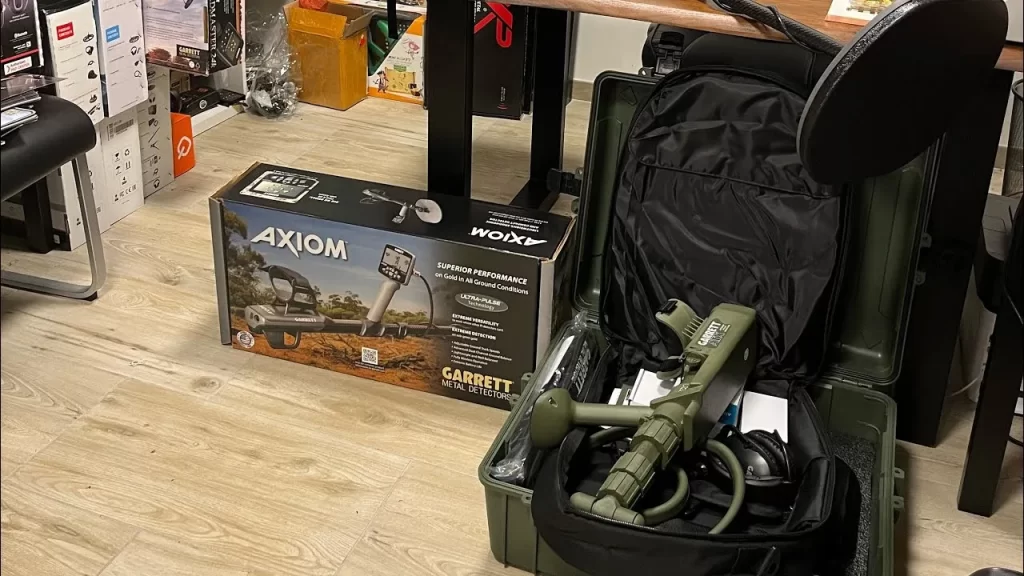
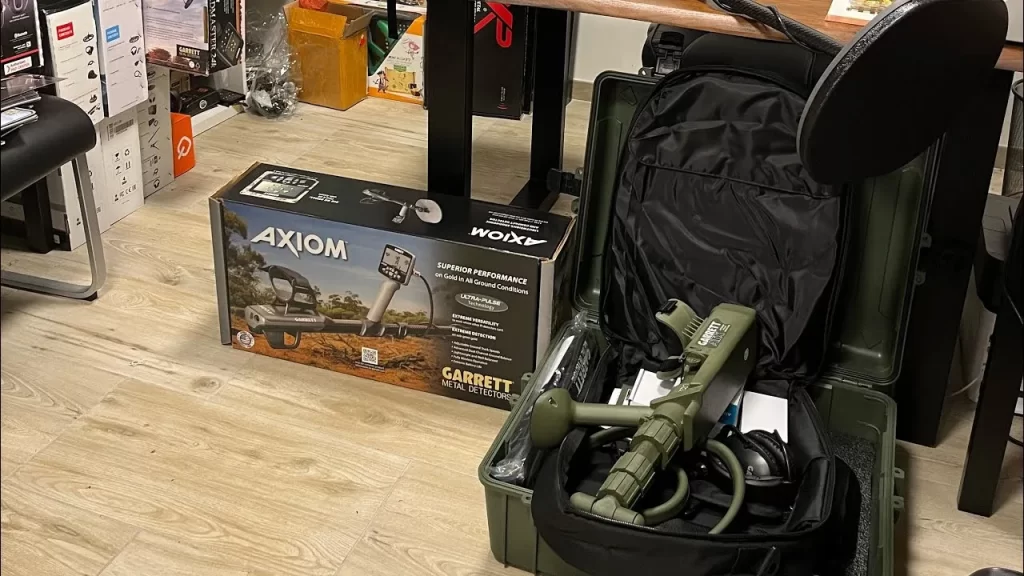
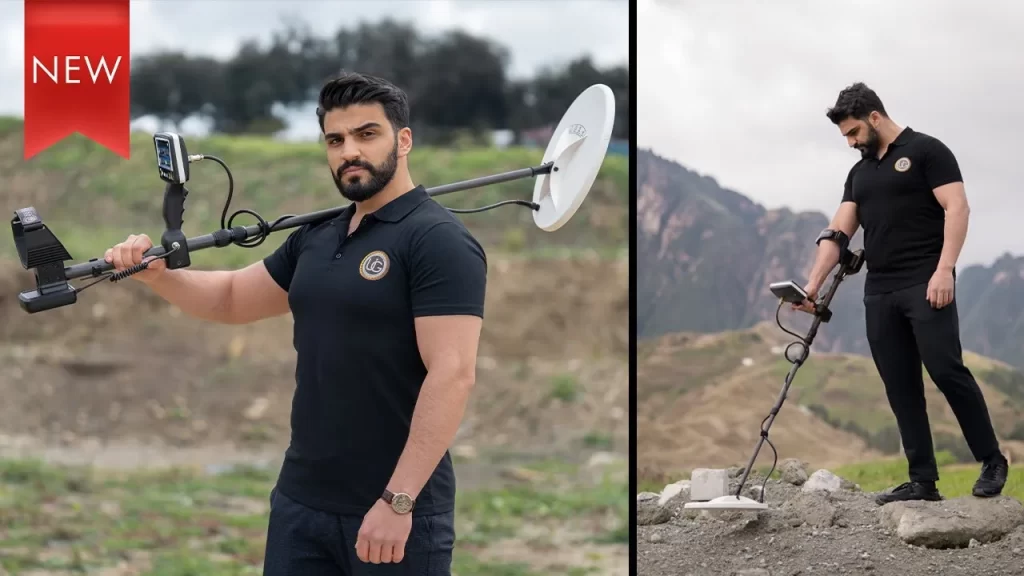

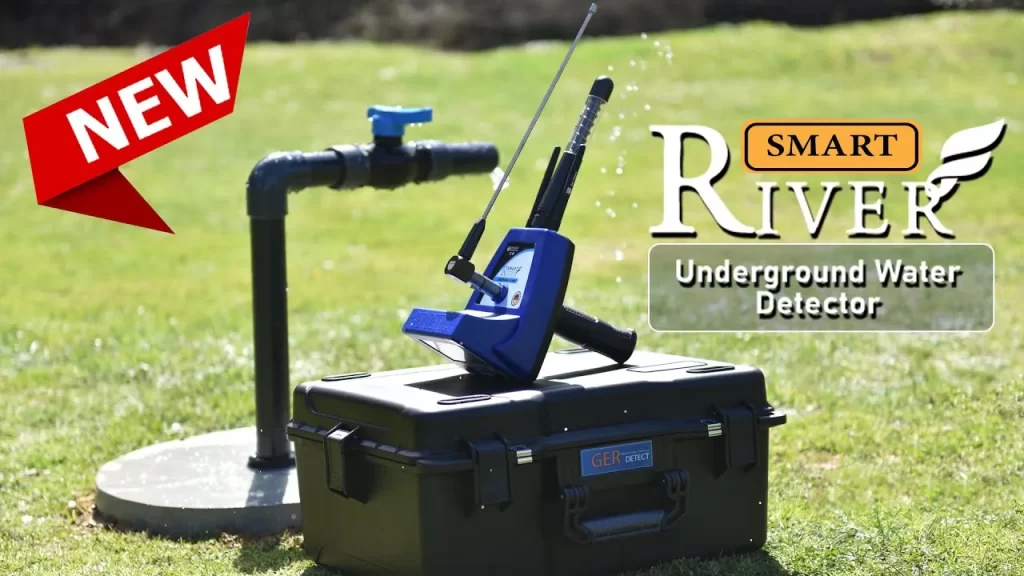

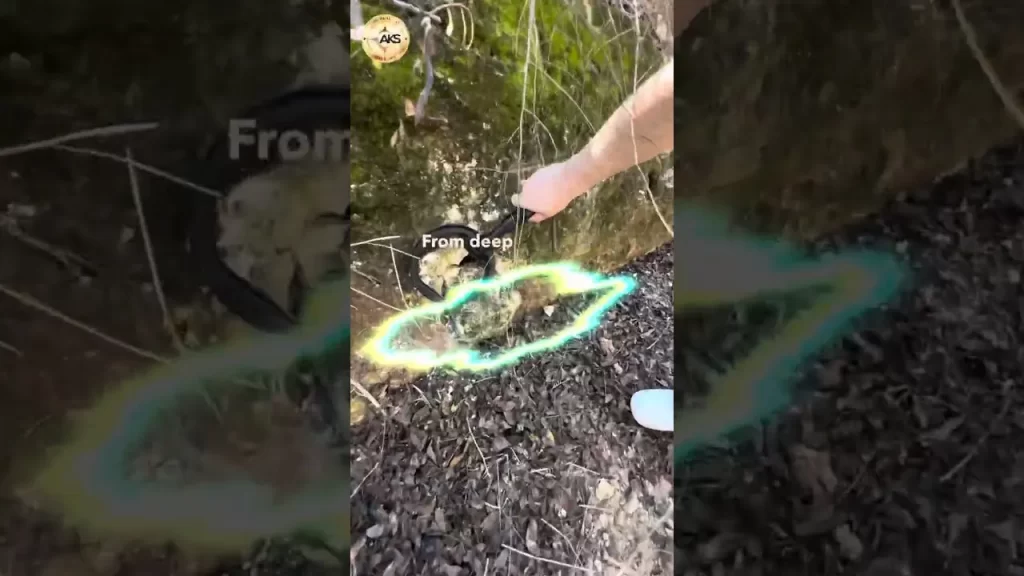

0 Comments